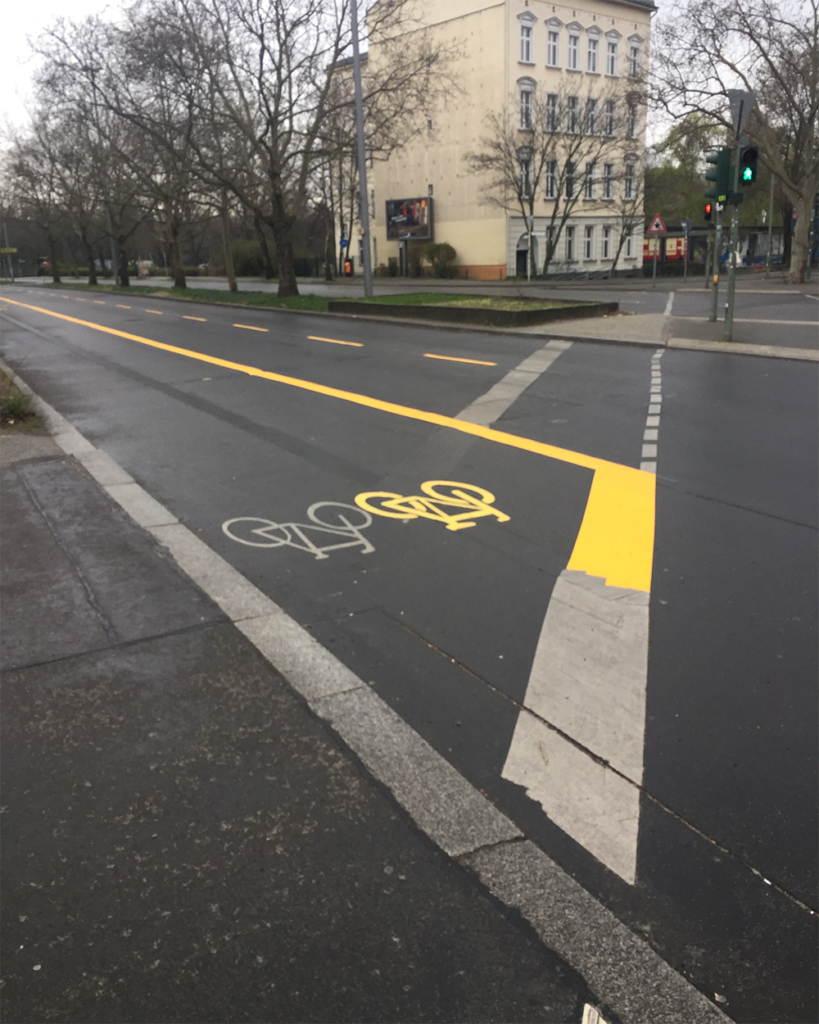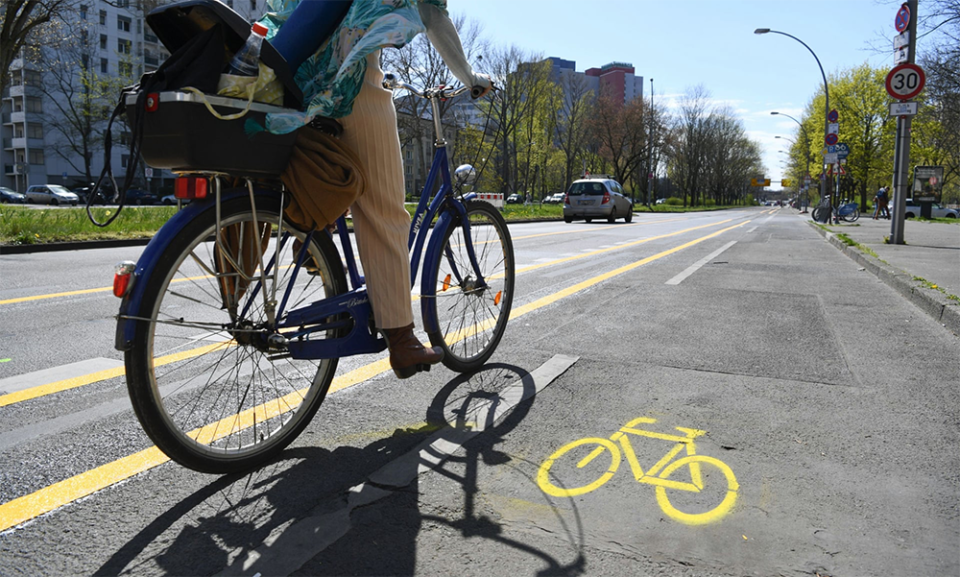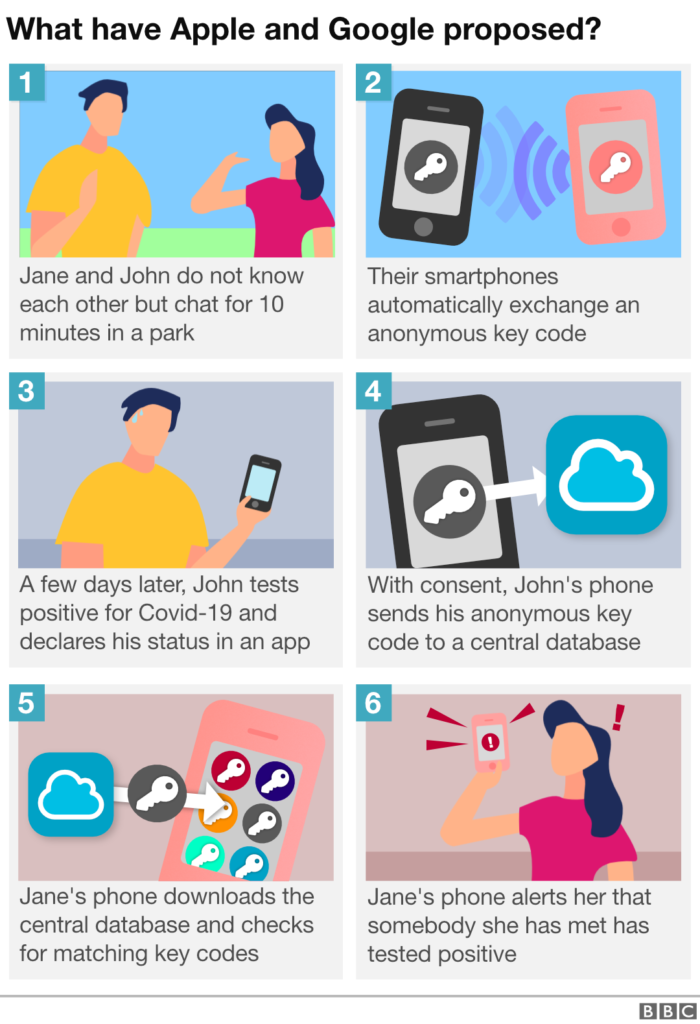It seems to be a little inappropriate to talk about ‘opportunity’ when you think about the current health crisis. The first association between these two words might be that of profiteering. But having had a good look at design and technology related news over the last weeks, I could mainly see other, more altruistic, design opportunities being taken up by the design community. I want to discuss some of them here.
Not only ‘Extinction rebellion’ is calling for a new, a more sustainable, approach to building systems and society after the crisis. Some cities are already trialling more sustainable designs. For example, a district in Berlin has redrawn its street markings to accommodate more bicycle lanes that help cyclist maintain the appropriate social distance recommended. And these temporary lanes have just been drawn over the existing car lane markings, similar to temporary markings at construction sites. Although termed ‘temporary’ what reasons should there be not to keep these lanes? Can’t we leave the second marking system in place, so you can accommodate recurring phases of social distancing and enforced low car traffic for when we need it? Scientists are warning of recurring phases of lockdown anyway. If needed, there are removal options for temporary road markings that are hailed sustainable, such as hydroblasting. Should we redraw all our road markings now? This article argues that it is not so easy owing to the unsuitable current UK traffic design, especially at junctions.
(copyright Guardian)
Another huge design opportunity has developed in the field of interactive and mobile technologies. South Korea has led the way in designing a mobile app that notifies its owner if they have been recently in close contact with someone who has now tested positive for COVID-19. Many news articles report about governments seeing tracking of peoples’ movements and or contacts to others as the way out of nationwide lockdown. But likewise, the need for personal data protection and privacy are discussed. The South Korean mobile app allows GP’s to monitor an individual’s whereabouts, which worried many rights campaigners. We already allow many apps to track our whereabouts, sometimes knowingly, sometimes unknowingly. Informed consent is difficult to gauge if users can’t get to grips with the differences and implications of the ways movements or contacts can be tracked. And temporary tracking might become the foundation for a more permanent surveillance state, others fear. Clever information design explaining the differences and underlying mechanisms of tracking to everyone in simple terms might be the way forward. I like the way the BBC has communicated in a storyboard the non-app approach to contact tracing developed together by Apple and Google. However, even this anonymous crowd contact tracing design creates new challenges as reported in this news article. Any design opportunity brings more challenges with it, but without testing the opportunity out, as here in a low-fi prototype, design ideas could not be challenged and hence improved.
(copyright BBC)
A few weeks ago, when the news arrived that hospitals may not have enough ventilators to treat the expected number of patients, big-name design and engineering companies made headlines to be refashioning large assembly lines to manufacture medical equipment and even developing new designs. What really impressed me are not the big names, but the open innovation processes that the global community of Open Source Maker communities and FabLabs have established over the last weeks. Looking at the list of links of current projects, you have the feeling that everything, ranging from the components of test kits to shields and clothing to easy to build CPAP devices, can be produced in distributed design and maker communities. These initiatives are so much more important than big-name designers making big news (and money) because the maker communities adjust solutions for the disadvantaged and marginalised communities who cannot afford big name designs. The news about a ventilator made with an affordable raspberry-pi computer and easy-to-source parts to be tested in Colombia is one of those initiatives that really shows a positive and more inclusive response to design opportunities in crisis. And thinking about it, even the NHS could do with a few more of those machines that cost £2000 compared to £30.000 for current commercial variants.




Leave a Reply